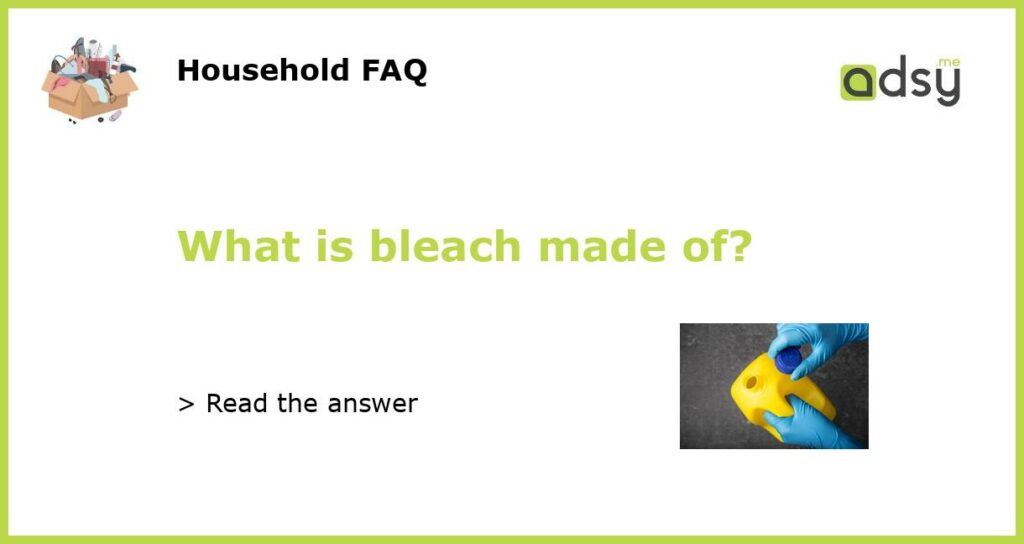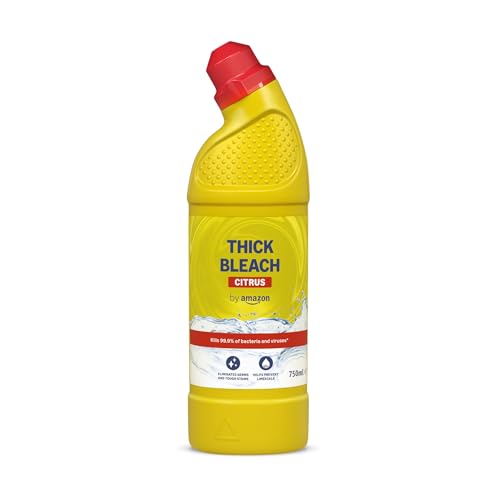The Science Behind Bleach
When it comes to household cleaning, bleach is a go-to solution for many. But what exactly is bleach made of?
Bleach is a chemical solution primarily composed of sodium hypochlorite, which is formed through the reaction of chlorine gas and sodium hydroxide. The solution also contains water and small amounts of sodium chloride and sodium carbonate.
The Uses of Bleach
Bleach is a versatile solution used for a variety of cleaning and disinfecting purposes. It is commonly used to whiten fabrics, remove stains and sanitize kitchen and bathroom surfaces. Many hospitals, restaurants and food processing plants also use bleach to sanitize and prevent the spread of germs and viruses.
The Risks of Using Bleach
While bleach is a powerful cleaning agent, it can pose several health risks if not used properly. Bleach produces toxic fumes when mixed with other cleaning solutions, such as ammonia or vinegar, which can cause respiratory problems if inhaled. Direct skin contact with bleach can also cause chemical burns and irritation.
Alternatives to Bleach
If you are looking for a safer and more environmentally friendly alternative to bleach, there are several options available. Baking soda, vinegar, and hydrogen peroxide are all effective for removing stains and disinfecting surfaces. These solutions are non-toxic and pose less of a health risk to humans and pets.
The Bottom Line
Bleach is a popular household cleaning solution made primarily of sodium hypochlorite. It is used for a variety of purposes but poses health risks if not used properly. If you are looking for a safer and more environmentally friendly alternative, there are several non-toxic solutions to consider.






